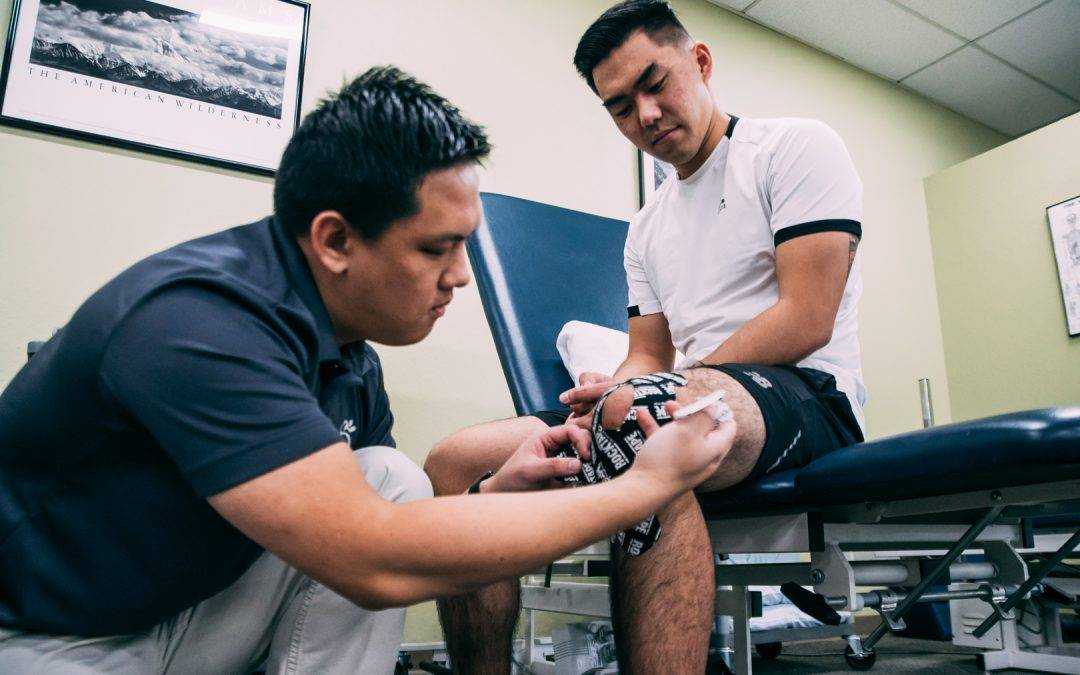When a friend or family member tells you that they have torn their ACL, most likely you have an idea that they have injured their knee and may require surgery. You would be right.
The anterior cruciate ligament (ACL) is one of four major ligaments in the knee that provide stability to the joint especially during change of direction or jumping. It is commonly injured when another player contacts the outside of the knee pushing it inward or when the knee is pushed beyond its normal limit of straight (hyperextension). This is known as a contact injury. But, you can also sustain a non-contact injury when jumping, landing or cutting. The decision whether or not to have surgery to repair the ligament depends on your future activity level and your willingness to participate in many months of rehabilitation.
For those who successfully return to their prior activities, the re-injury rate for the same knee or the same injury to the other knee is quite high. Several factors may predispose one for injury including gender, activity level and biomechanical adaptation during dynamic tasks – or the position your knee assumes when landing from a jump or cutting to change direction. Studies show that there is a 4-6 times greater risk for females than males to injure the ACL.
Recent, research is now showing that certain exercises can help decrease the rate of non-contact ACL injuries by 70%. As your therapists, we incorporate these exercises into your rehabilitation. These include exercises to not only strengthen your muscles, but to improve your landing, cutting and running technique to prevent ACL injury. By practicing correct technique with all exercises, you begin to incorporate a safe way to move which carries over to your sport. For athletes who have not sustained a knee injury, these exercises improve strength and agility and enhance your performance.
At Peak, we are constantly looking for new research and techniques to improve your therapy outcome. If you or a family member are interested in learning ACL injury prevention exercises, give us a call. Our goal is to keep your body in motion.
This article was written by Valerie Jackson.
Valerie Jackson is one of our Peak Physical Therapists. In addition to physical therapy, she is also a certified Pilates instructor, and has years of experience playing and overseeing patients at high levels of athletics such as running, soccer, basketball, and field hockey.

